
A few years ago, I was attending a conference, and, as I recall, not really listening to the keynote speaker. It was one of those trying to eat-lunch-and-try-to-meet-new-people-and-I-can-barely-hear-from-the-back-of-the-room sort of things.
But, in a moment of unexpected drop in the banquet room din, I caught something that sunk in. The speaker, musing on happiness, suggested that it's all those little tasks and the clutter that hang over our heads and keep joy from settling in. That knowing you have a million little tasks to do is more stressful than actually doing those tasks. And it's not the big work projects, the term papers, the spring deep cleaning that keep us down, but the little stuff that piles up and creates anxiety about when we'll get it all done. The solution, she suggests, is to not put those things off, but to just do them now. The mantra here is "If you can do it in one minute or less, do it now." You always have 60 seconds available, and the impact is huge.
I've been trying to implement that in my life for the last three years, and though I get out of the habit sometimes, it's a commitment that consistently helps me feel more peace, more organized, and indeed, more happy.
So, with that in mind, here's a list of things you can do in one minute or less that really will make your life better and your mind quieter.
1. Make your bed. It only takes 30 seconds.
2. Go around your house and pick up all the dishes and drinking glasses on your nightstand and coffee table. More than one is too many.
3. Trim your toe nails. Seriously, it's less of a effort than you think. Don't be caught barefoot with those things.
4. Clean off your computer desktop. An organized space is a productive space.
5. Wipe off your bathroom mirror. You'll be amazed what a difference this makes, even in a less-than-spotless washroom.
6. Open all the mail and envelopes you know aren't important. Just throw them away now.
7. Pull in your trash, recycling, and compost bins from the curb. Might as well take out the trash while you're at it.
8. Plug in your phone and charge it. Make sure it's ready to go when you need it.
9. Take that pile of shoes by the front door (or under the coffee table) and put them where they belong. Which is probably not by the front door or under the coffee table.
10. Wash that plate or cereal bowl instead of putting it in the sink. If you have time to move it, you have time to wash it.
11. Take all the receipts and papers and bags out of your car. You don't have to vacuum it clean, but there's no need for it to be cluttered.
12. Back up your computer. Don't give Time Machine a chance to tease you with those little pop ups.
13. Wipe off the front of your refrigerator or oven. Boom. Instant shine.
14. Send that one email reply you've been avoiding. But just that one. Don't get caught up in your inbox.
15. Clean the coffee pot or toss the filter and grounds now, not later. 10 seconds. No icky build up.
16. Floss. Your. Teeth. They're the only ones you got.
17. Go through your text messages and make sure you've actually replied to the important ones, not just replied in your head. It's not the same thing.
18. Invite your spouse or partner for some intimate time later. That should take way more than a minute, but the planning is easy and gets everyone on the same page about expectations.
19. Microwave a bowl of half white vinegar and half water for one minute. This loosens the grime and makes it easy to wipe clean.
20. Clean out your browser tabs. You're really not missing out by not reading that article you've had open for the past eight days.
21. Replenish your toilet paper reserves. They'll be there when you need them.
22. Throw all your dirty clothes in the hamper or a laundry basket. It won't make them clean, but it will make them not on the floor.
23. Water your plants. And spend the remaining thirty seconds putting a reminder on your calendar to do it next time.
24. Stack up books, magazines, records, DVDs, library media, etc, that you're currently enjoying. You don't have to put them away, you just need to put them together.
25. Switch out your bathroom towels. Time for a fresh option.
26. Take your vitamins. Really, you have 3.5 seconds.
27. Look away from the computer screen. Focus on something in the distance to give your eyes a break.
28. Refill your soap dispensers. Don't have this issue come up when you're covered with germs.
29. Stand up, take a walk. Repeat every thirty minutes.
30. Put on sunscreen. Then go outside.
31. Smile. Really, really big. If you don't have it in you, fake it til you make it.
32. Fluff and straighten the pillows on your sofa. Sounds fussy; makes your living room look like you just cleaned it even when you didn't.
33. Download current episodes of your favorite podcasts. Do it now while you're on wi-fi, so they're ready for when you aren't.
34. Tell somebody you love them. Easy and free. Text your mom.
35. Do 30 pushups. Or work on it until you can. Then go for 30 more.
36. Take all the coats and jackets off hooks and back of the door and hang them up in the closet. There's a reason they call it the coat closet.
37. Shake out door mats and bathroom rugs. Go outside and smack them against something.
38. Sweep underneath the toe kick on your kitchen cabinets. Do this once a day, and avoid getting the crud down in the crevices.
39. Wrap and coil up your cables, headphones, and power cords. No more tangles.
40. Close your eyes and breathe deeply for 60 seconds. You'll feel better. Trust us.
![credit: Cool Material [http://coolmaterial.com/feature/the-most-instagrammed-location-in-every-state/]](http://assets.manmadediy.com/photos/27118/insta1_large.jpg?1444637162) Many of us love to travel and it's always fun to see the local sights. Surprisingly though, the favorite sights are not what you'd expect. Since everyone has a camera in their pockets with the ability share their favorite places through social media, Busbud (a travel site for booking bus tickets) recently went through Instagram's location hashtags to find the most instagrammed places in the US.
Many of us love to travel and it's always fun to see the local sights. Surprisingly though, the favorite sights are not what you'd expect. Since everyone has a camera in their pockets with the ability share their favorite places through social media, Busbud (a travel site for booking bus tickets) recently went through Instagram's location hashtags to find the most instagrammed places in the US. ![credit: Cool Material [http://coolmaterial.com/feature/the-most-instagrammed-location-in-every-state/] created at: 10/12/2015](http://assets.manmadediy.com/photos/27119/Screenshot%202015-10-12%20at%201.04.08%20AM_large.png?1444638947) Some of the finds are no brainers and a little lackluster (the highest concentration of Instagramming young people in Kansas is going to be KU campus and surrounding area), but I found fantastic parks I'd never heard of and gorgeous districts you'll want to visit. The most surprising find for me was the number of baseball fields that topped this list.
Some of the finds are no brainers and a little lackluster (the highest concentration of Instagramming young people in Kansas is going to be KU campus and surrounding area), but I found fantastic parks I'd never heard of and gorgeous districts you'll want to visit. The most surprising find for me was the number of baseball fields that topped this list. ![credit: Cool Material [http://coolmaterial.com/feature/the-most-instagrammed-location-in-every-state/] created at: 10/12/2015](http://assets.manmadediy.com/photos/27120/Screenshot%202015-10-12%20at%201.36.55%20AM_large.png?1444639080)
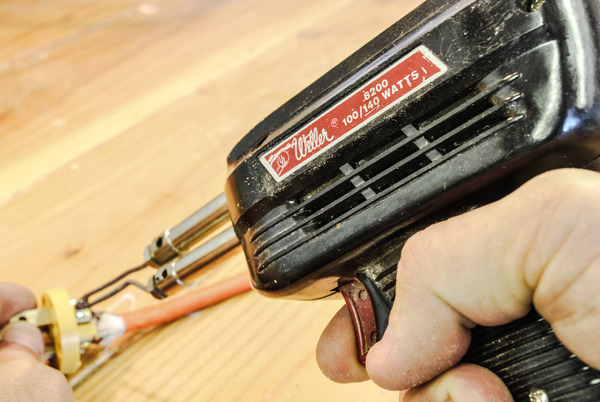 When most people think of joining metal parts, a big bulky welder comes to mind. But what about the jobs where something more precise is needed? You need a soldering kit. Here's a look at what kind is right for your project.
When most people think of joining metal parts, a big bulky welder comes to mind. But what about the jobs where something more precise is needed? You need a soldering kit. Here's a look at what kind is right for your project. 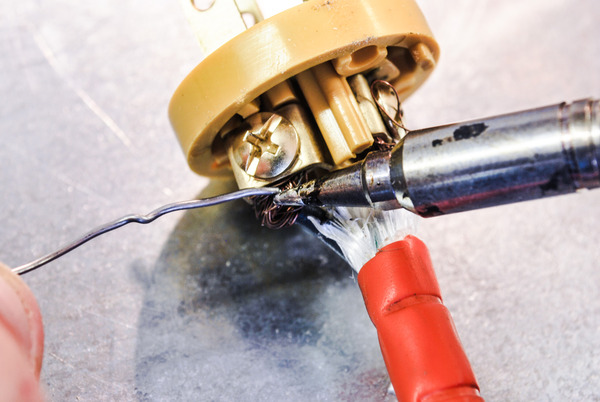
![credit: Eileen Moylan [http://eileenmoylan.com/2011/12/gold-silver-stacking-rings/] Soldering Jewelry](http://assets.manmadediy.com/photos/27090/IMG_3475_large.jpg?1444073193)
 Brazing – Brazing is still a type of soldering, and it is generally used to describe soldering at higher temperatures with a flame. This method is used in plumbing or other large metal joints where the material dissipates the temperature much faster than a soldering iron or gun can keep up with. This method heats the metals to be joined, and the filler metal flows into the gap through capillary action instead of gravity. Use of a handheld torch burning propane or MAP-Pro fuel is the preferred method of heating the joint. Take a look at our Blow-Torch Article for more details on handheld torches.
Brazing – Brazing is still a type of soldering, and it is generally used to describe soldering at higher temperatures with a flame. This method is used in plumbing or other large metal joints where the material dissipates the temperature much faster than a soldering iron or gun can keep up with. This method heats the metals to be joined, and the filler metal flows into the gap through capillary action instead of gravity. Use of a handheld torch burning propane or MAP-Pro fuel is the preferred method of heating the joint. Take a look at our Blow-Torch Article for more details on handheld torches.



![Credit: Design.altervista.org [http://design.altervista.org/dot-grid-book-a-book-for-graphic-designers/] dog grid notebook](http://assets.manmadediy.com/photos/27141/dot-grid2_large.jpg?1444667337)
 One of my favorite management apps if Wunderlist. In reality, it's a simple list-making app, but it's ease of use and delightful interface have made it a lifesaver for my absent mind. It's where I keep all of my to-dos, blog ideas, guest lists for parties and the weekly grocery list. You can also share and collaborate lists with other users. You can get Wunderlist on your
One of my favorite management apps if Wunderlist. In reality, it's a simple list-making app, but it's ease of use and delightful interface have made it a lifesaver for my absent mind. It's where I keep all of my to-dos, blog ideas, guest lists for parties and the weekly grocery list. You can also share and collaborate lists with other users. You can get Wunderlist on your 


 The answer to our prayers is: Speyburn 10 Years Old Single Malt Scotch Whisky. At my local store, it sells for $27.00, but goes for as low as $24.00 in some places. So, basically, a really flavorful single malt designed for sipping for the price of a good-enough blended Scotch? Big deal.
The answer to our prayers is: Speyburn 10 Years Old Single Malt Scotch Whisky. At my local store, it sells for $27.00, but goes for as low as $24.00 in some places. So, basically, a really flavorful single malt designed for sipping for the price of a good-enough blended Scotch? Big deal. 
 Aside from the table saw, one of the most useful tools in my shop is the router. This large, loud, powerful tool can be intimidating to work with, but once you know the basics I’m sure you’ll agree that it’s a tool worth learning to use. The basic router is a large motor with a base plate that rides along the wood, and a shaft with a receiver called a collet that holds shaped bits which spin at high speed and shape the wood. The tool can be used by hand against a fence or guide, or can be mounted in a table with a fence for more control. The bits can be used on the edge of a work piece to round-over or profile the edge; they can plunge into the wood for lettering, decorative strips, dados; or even used to create raised panel doors. I pick up one of my many routers for just about every project, because of the versatility, speed, and general usefulness throughout the process.
Aside from the table saw, one of the most useful tools in my shop is the router. This large, loud, powerful tool can be intimidating to work with, but once you know the basics I’m sure you’ll agree that it’s a tool worth learning to use. The basic router is a large motor with a base plate that rides along the wood, and a shaft with a receiver called a collet that holds shaped bits which spin at high speed and shape the wood. The tool can be used by hand against a fence or guide, or can be mounted in a table with a fence for more control. The bits can be used on the edge of a work piece to round-over or profile the edge; they can plunge into the wood for lettering, decorative strips, dados; or even used to create raised panel doors. I pick up one of my many routers for just about every project, because of the versatility, speed, and general usefulness throughout the process.






 With the weekend always right around the corner, it's time to think about plans. How about trying this - keep the wallet at home and figure out how to spend two whole days without spending a dime. I was taking a look at an article a few days ago, and something caught my eye. The author talked about locking their wallet in the drawer, and figuring out how to spend time without dishing out cash along the way. This concept was interesting to me in a few different ways. First, I looked back over the past few months and I thought about the weekends that really mattered in terms of memories and experiences. You know what? The best ones were free.
With the weekend always right around the corner, it's time to think about plans. How about trying this - keep the wallet at home and figure out how to spend two whole days without spending a dime. I was taking a look at an article a few days ago, and something caught my eye. The author talked about locking their wallet in the drawer, and figuring out how to spend time without dishing out cash along the way. This concept was interesting to me in a few different ways. First, I looked back over the past few months and I thought about the weekends that really mattered in terms of memories and experiences. You know what? The best ones were free.











![credit: Primer Magazine [http://www.primermagazine.com/]](http://assets.manmadediy.com/photos/27183/Getup_Casual-Office_feature_large.jpg?1445234739)














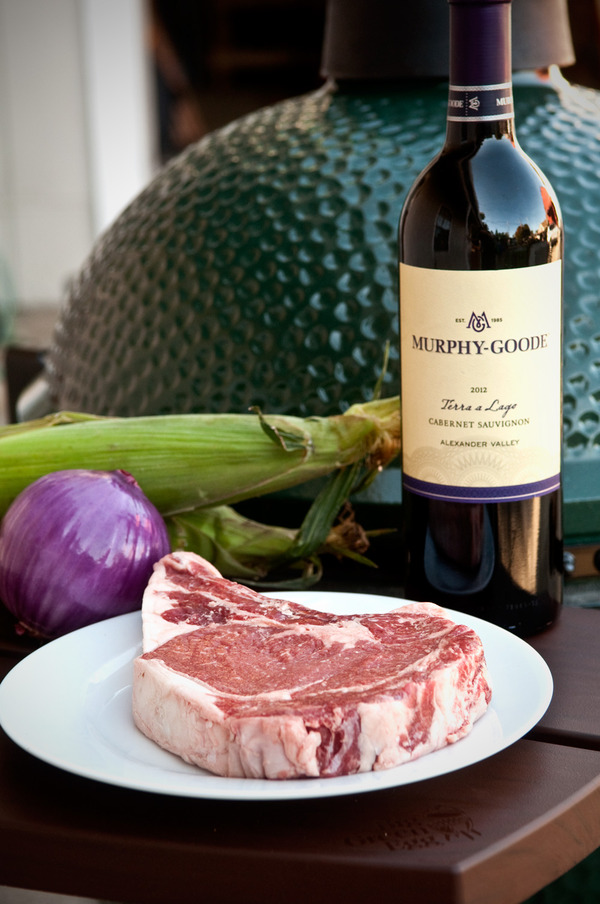

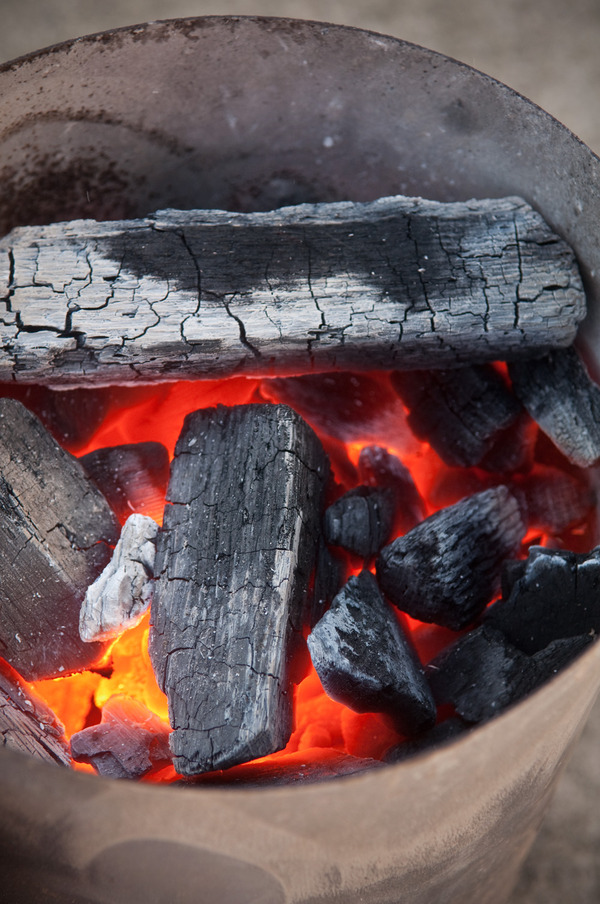
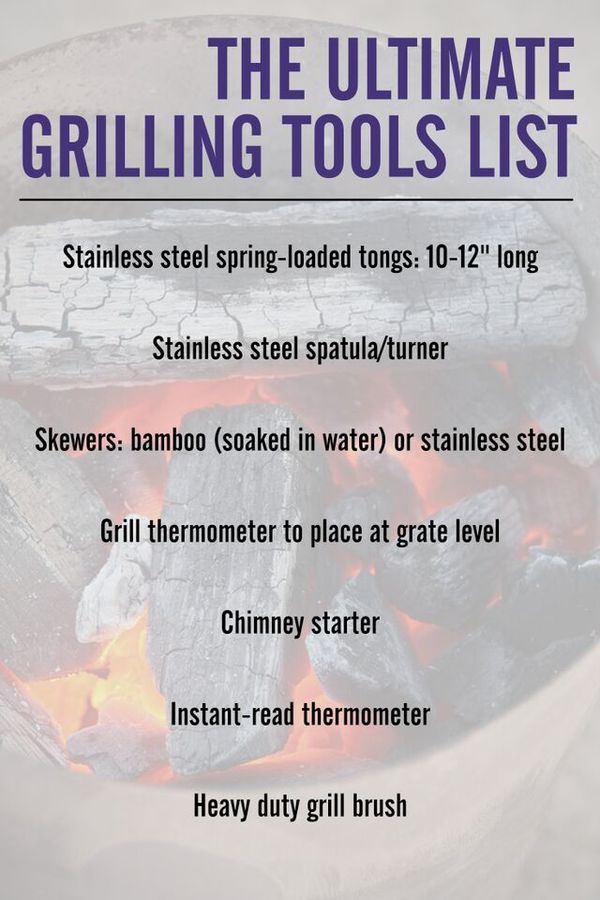
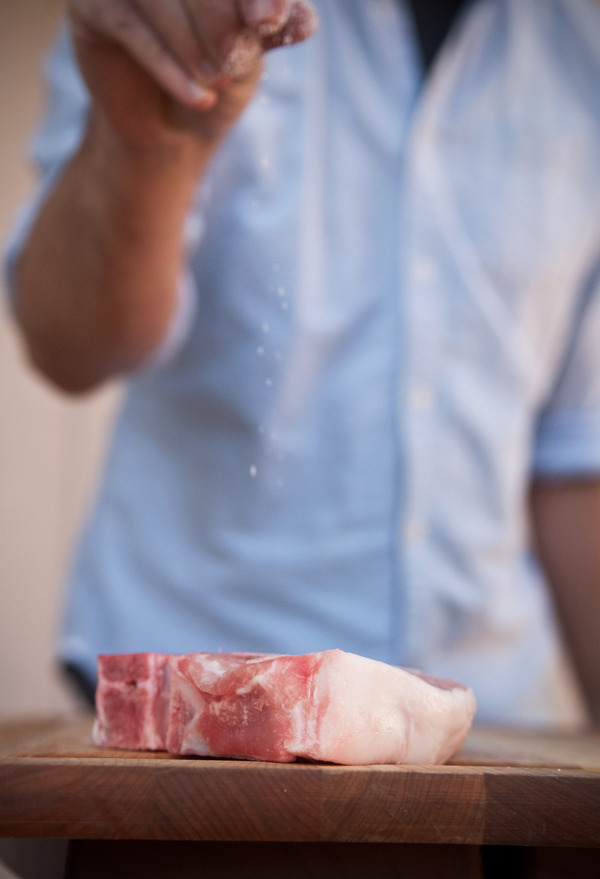
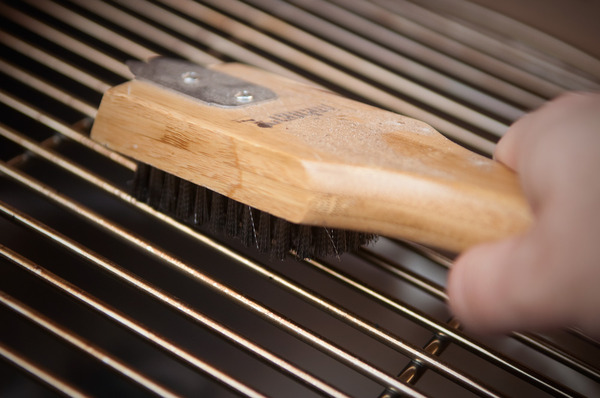



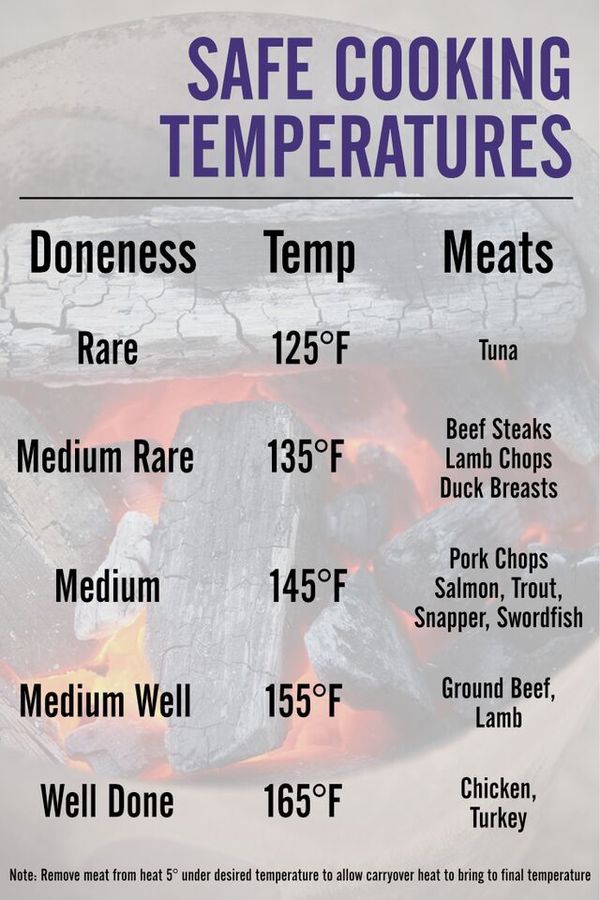
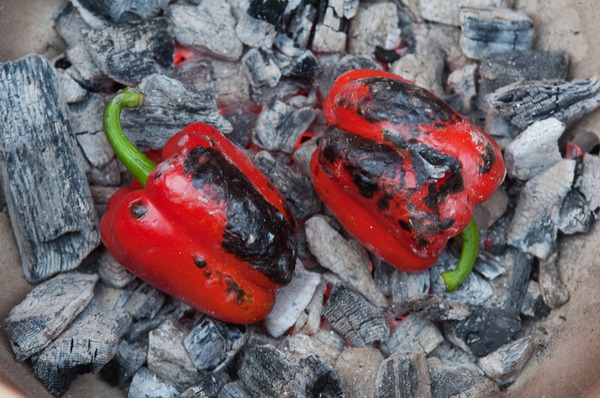
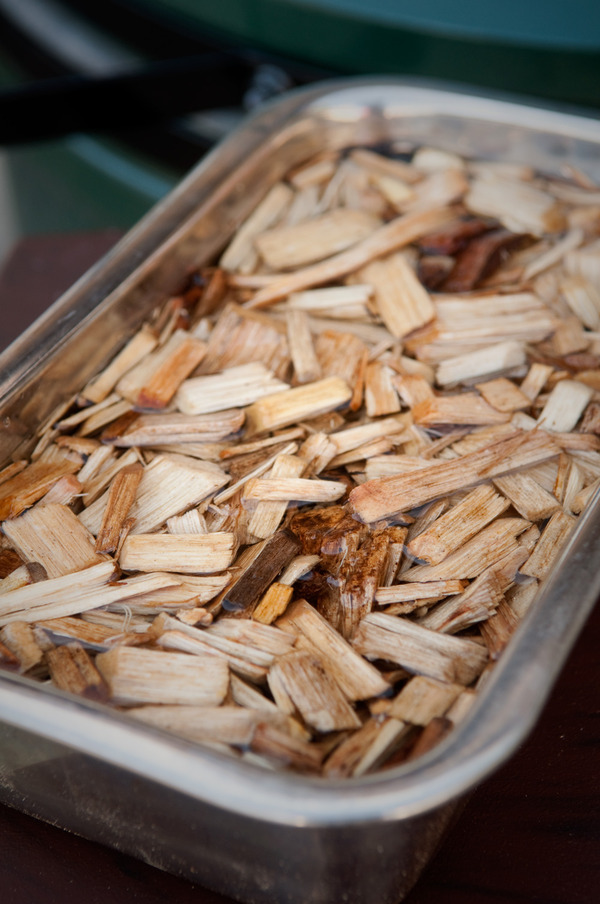



![credit: Town and Country Magazine [http://www.townandcountrymag.com/leisure/sporting/news/a3650/gehry-yacht-foggy/?zoomable]](http://assets.manmadediy.com/photos/27178/landscape-1444054183-tcx100115gehryboat003_large.jpg?1445232985) Probably the most famous architect to the non-architecturally minded is Frank Lloyd Wright, but I would bet that for a significant majority of the population Frank Gehry would be a close second. As the creative mind behind the Guggenheim Museum, the Walt Disney Concert Hall, and many more, Gehry is considered "the most important architect of our age" who can now extend his numerous credentials from architect to shipwright.
Probably the most famous architect to the non-architecturally minded is Frank Lloyd Wright, but I would bet that for a significant majority of the population Frank Gehry would be a close second. As the creative mind behind the Guggenheim Museum, the Walt Disney Concert Hall, and many more, Gehry is considered "the most important architect of our age" who can now extend his numerous credentials from architect to shipwright. ![credit: Town and Country Magazine [http://www.townandcountrymag.com/leisure/sporting/news/a3650/gehry-yacht-foggy/?zoomable]](http://assets.manmadediy.com/photos/27179/gallery-1444054516-tcx100115gehryboat002_large.jpg?1445232987) At 86 years old, Gehry has been an avid sailor for quite a few years and you can see the effect of the ocean's ebb and flow in some of his designs that seem to billow in the wind despite being very physically stable.
At 86 years old, Gehry has been an avid sailor for quite a few years and you can see the effect of the ocean's ebb and flow in some of his designs that seem to billow in the wind despite being very physically stable. ![credit: Town and Country Magazine [http://www.townandcountrymag.com/leisure/sporting/news/a3650/gehry-yacht-foggy/]](http://assets.manmadediy.com/photos/27180/gallery-1444054810-tcx100115gehryboat005_large.jpg?1445232989) Click here
Click here![Credit: Food52 [http://food52.com/blog/14396-how-to-age-your-bourbon-in-3-seconds] make cheap bourbon taste better](http://assets.manmadediy.com/photos/27174/653bcf2b-8709-49e1-ae10-01b4ad19da17--2015-0330_maple-cardamom-old-fashioned_bobbi-lin_0518_large.jpg?1445221412)
![Credit: Food52 [http://food52.com/blog/14396-how-to-age-your-bourbon-in-3-seconds] Make your cheap bourbon taste like a million bucks](http://assets.manmadediy.com/photos/27175/2014_1111_The-Final-Word-Cocktail851_large.jpg?1445221413) I stumbled across this genius idea over on Food52 where they take a turn at Cook's Illustrated's Kitchen Hacks. All you need are three ingredients you most likely have on hand: vanilla extract (to mimic the vanillin in oak barrels), liquid smoke (to hint the charred barrel) and sherry (to add a more flavorful body). Sound simple enough right? Read the entire piece and see their results after testing it in a few cocktails over at
I stumbled across this genius idea over on Food52 where they take a turn at Cook's Illustrated's Kitchen Hacks. All you need are three ingredients you most likely have on hand: vanilla extract (to mimic the vanillin in oak barrels), liquid smoke (to hint the charred barrel) and sherry (to add a more flavorful body). Sound simple enough right? Read the entire piece and see their results after testing it in a few cocktails over at ![credit: Velo Polka [https://www.etsy.com/listing/252410051/rio-wooden-rack-for-a-bicycle-and-boards?ref=related-0] Bike Rack Wooden](http://assets.manmadediy.com/photos/27193/il_570xN.852412335_i258_large.jpg?1445235990) I've wandered through the Etsy offerings in the past, sometimes for inspiration, sometimes because something interesting has caught my eye. But lately, more and more great ideas are popping up on the handmade-centric site, and they're amazing. Here's a collection of Etsy's wooden offerings that are really worth highlighting.
I've wandered through the Etsy offerings in the past, sometimes for inspiration, sometimes because something interesting has caught my eye. But lately, more and more great ideas are popping up on the handmade-centric site, and they're amazing. Here's a collection of Etsy's wooden offerings that are really worth highlighting. ![credit: Woodys Fenders [https://www.etsy.com/listing/72344595/woodys-chop-chort-rear-wood-bike-fender?ref=shop_home_active_1] Wooden Fenders](http://assets.manmadediy.com/photos/27194/il_570xN.325620383_large.jpg?1445235992) 1.
1. ![credit: Woodie Specs [https://www.etsy.com/listing/177335833/handmade-mens-wood-watch-made-from-100?ref=shop_home_feat_1] Wooden Watch](http://assets.manmadediy.com/photos/27195/il_570xN.831975363_mnkl_large.jpg?1445235993) 2.
2. ![credit: VeloPolka [https://www.etsy.com/listing/236148194/berlin-wooden-rack-for-a-bicycle-bicycle?ref=shop_home_active_3] Wooden Bike Rack](http://assets.manmadediy.com/photos/27196/il_570xN.783493042_hu8c_large.jpg?1445235995) 3.
3. ![credit: Stout Woodworks [https://www.etsy.com/shop/stoutwoodworks?ref=l2-shopheader-name] Wooden Ring](http://assets.manmadediy.com/photos/27197/il_570xN.802436111_jsd7_large.jpg?1445235996) 4.
4. ![credit: Undulating Contours [https://www.etsy.com/listing/210529014/watch-and-eye-dock-iphone-6-6s-slim?ref=listing-shop-header-1] Wooden Docking Station](http://assets.manmadediy.com/photos/27198/il_570xN.786457521_7ct1_large.jpg?1445235998) 5.
5. ![credit: Kovereduk [https://www.etsy.com/listing/244651478/ipad-air-wooden-case-ipad-air-wood-flip?ref=shop_home_active_13] Wooden Tablet Cover](http://assets.manmadediy.com/photos/27199/il_570xN.725274031_tln5_large.jpg?1445235999)
![credit: HC Woodcraft [https://www.etsy.com/listing/129903807/personalized-stacking-toy-rainbow-wooden?ga_order=most_relevant&ga_search_type=all&ga_view_type=gallery&ga_search_query=Wooden&ref=sr_gallery_42] Wooden Toys](http://assets.manmadediy.com/photos/27200/il_570xN.851903641_t9qm_large.jpg?1445236000)
![credit: TP [https://www.etsy.com/listing/213450448/personalized-fly-box-bamboo-wooden-fly?ga_order=most_relevant&ga_search_type=all&ga_view_type=gallery&ga_search_query=Wooden&ref=sr_gallery_1] Wooden Fly Box](http://assets.manmadediy.com/photos/27201/il_570xN.692152763_hje0_large.jpg?1445236001)
![credit: Grow With The Grain [https://www.etsy.com/listing/246946546/2-wooden-tie-clips-groomsmen-gift-5th?ref=listing-shop-header-0] Wooden Tie Clip](http://assets.manmadediy.com/photos/27202/il_570xN.829050598_qyp5_large.jpg?1445236002) 9.
9. ![credit: SR Woodcrafts [https://www.etsy.com/listing/226593376/custom-letter-tile-coaster-set-of-4?ga_order=most_relevant&ga_search_type=all&ga_view_type=gallery&ga_search_query=Wooden&ref=sr_gallery_34] Wooden Coasters](http://assets.manmadediy.com/photos/27203/il_570xN.743480176_ehfj_large.jpg?1445236004)
![credit: FPSXGames [http://www.instructables.com/id/Pallet-Wood-Coat-Rack-with-Cubbyholes-and-Chalkboa/?ALLSTEPS]](http://assets.manmadediy.com/photos/27177/FZ0SCPJIFSJKLF2.MEDIUM_large.jpg?1445226452) First impressions count, and the first few moments someone spends in your doorway do too. You want the entrance to be welcoming and efficient for coats, shoes, etc., while also giving a sense of the rest of the house to come. And if your friends are of the
First impressions count, and the first few moments someone spends in your doorway do too. You want the entrance to be welcoming and efficient for coats, shoes, etc., while also giving a sense of the rest of the house to come. And if your friends are of the ![credit: FPSXGames [http://www.instructables.com/id/Pallet-Wood-Coat-Rack-with-Cubbyholes-and-Chalkboa/?ALLSTEPS]](http://assets.manmadediy.com/photos/27176/F6HT6YTIFSJKEFZ.MEDIUM_large.jpg?1445226451) FPSXGames designed this farmhouse style
FPSXGames designed this farmhouse style  One of my favorite cocktail mixers is the spicy ginger beer, used for the summer favorite "Moscow Mule", or evening sipper, the "Dark and Stormy." But I've had enough of the spendy, over-sweetened bottles from the supermarket, so I figured: it's time to make our own. Here are three ways to make an extremely tasty version happen at home. With an affinity for making things, it should be no surprise that I love mixed drinks. There are hundreds of combinations that fit just about any palate, from spicy to sweet, and sparkling light to syrupy dark. With just a handful of spirits and a few mixers, everyone in the room can find something they love.
One of my favorite cocktail mixers is the spicy ginger beer, used for the summer favorite "Moscow Mule", or evening sipper, the "Dark and Stormy." But I've had enough of the spendy, over-sweetened bottles from the supermarket, so I figured: it's time to make our own. Here are three ways to make an extremely tasty version happen at home. With an affinity for making things, it should be no surprise that I love mixed drinks. There are hundreds of combinations that fit just about any palate, from spicy to sweet, and sparkling light to syrupy dark. With just a handful of spirits and a few mixers, everyone in the room can find something they love.








 While this may or may not be fully true, it is definitely true that a quality instrument begins with a master craftsman. Instrument craftsmen are some of the most gifted makers in the world. Not only must they be precise with joints and materials, but in the end the piece must sound as good as it looks. It truly is an art. Here are a few videos highlighted the mastery that it takes to craft a violin:
While this may or may not be fully true, it is definitely true that a quality instrument begins with a master craftsman. Instrument craftsmen are some of the most gifted makers in the world. Not only must they be precise with joints and materials, but in the end the piece must sound as good as it looks. It truly is an art. Here are a few videos highlighted the mastery that it takes to craft a violin:







